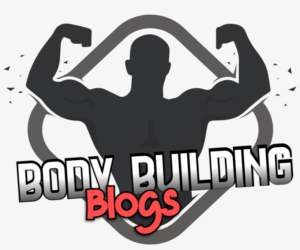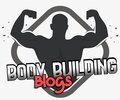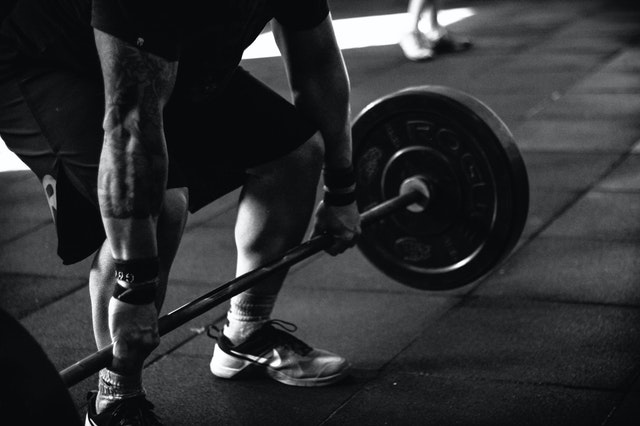Compound lifting is a type of strength training that uses exercises that work several muscle groups and joints at the same time. People in the fitness field love these kinds of exercises, including squats and bench presses, since they work well and quickly. This blog post goes into detail about what compound lifting is, its pros and cons, several important exercises, and how it differs from isolation exercises. We’ll also talk about who should use it, how to start properly, and whether or not it’s really worth your time.
What is Lifting with Compounds?
Exercises that train more than one muscle group and move more than one joint are called compound lifts. Isolation exercises work on just one muscle part at a time (like bicep curls for biceps). Compound lifts, on the other hand, work on many muscle groups at once, which makes you stronger and more coordinated.
For instance:
- Squatting works the quads, hamstrings, glutes, and core while moving the hips, knees, and ankles.
- Leg extension works the quadriceps by merely moving the knee.
This strategy, which works on many joints and muscles at once, makes compound lifts a good way to increase overall strength and functional fitness.
Different Kinds of Compound Lifts
You can group compound lifts by the parts of the body they work on. Here are some important examples:
Exercises for the Upper Body
- Bench Press: Works the chest, shoulders, and triceps and uses the elbow and shoulder joints.
- Pull-Ups: Work the lats, biceps, and upper back and use the shoulder and elbow joints.
- Rows: Work the upper back, lats, and biceps, and they also move the shoulders and elbows.
- Overhead Press: Works the shoulders, triceps, and core; works the shoulder and elbow joints.
Exercises for the Lower Body That Work Multiple Muscles at Once
- Squats: Work the quads, hamstrings, glutes, and core, and they also move the hips, knees, and ankles.
- Deadlifts: Work the hamstrings, glutes, lower back, and core, and they also work the hips and knees.
- Lunges: Work the quads, hamstrings, glutes, and stabilizers. They also work the hips, knees, and ankles.
Examples for the Whole Body
- Clean and Press: Is a full-body strength exercise that includes a deadlift, an upright row, and an overhead press.
- Burpees (with resistance): These exercises combine squats, push-ups, and leaps, and they are often done with extra weight to make them harder.
The Benefits of Compound Lifting
There are many benefits to compound lifts:
- Strengthens many muscles: Works out big muscle groups to help them grow in a balanced way.
- Saves time in workouts: Works on more than one area at once, which shortens the workout.
- Improves core strength and stability: You need to use your core to stay balanced and in control.
- Improves functional fitness by copying activities from real life: Such as pushing or lifting, which makes you better at doing everyday tasks.
- Better for stimulating hormones: It makes testosterone and growth hormone release, which helps muscles grow and heal.
Lifting with Several Muscles vs. Isolation Exercises
Here’s a comparison side by side:
| Part | Lifts Using Compounds | Exercises for Isolation |
| Groups of Muscles | More than one (for example, squats: quads, glutes, core) | Single (for example, leg curl: hamstrings) |
| Joints That Are Involved | Multiple joints (hips, knees, shoulders) | One joint (elbow, knee) |
| Time Efficiency | High (full-body workout with fewer movements) | Lower (needs additional workouts to cover) |
| Gains in Strength | Great for overall strength | Targeted for development in certain muscles |
| Functional Fitness | High (mimics moves we do every day) | Low (not very useful for real-life tasks) |
| Burning Calories | Higher (works more muscles) | Lower (less muscle work) |
When to Use Each
- Compound lifts: Are great for getting stronger, boosting athletic performance, or getting the most out of your workouts. Best for people who are just starting out, athletes, or people who want to get fit for everyday life.
- Isolation exercises: Are good for training specific muscles, fixing imbalances, or programs that are focused on bodybuilding.
People frequently put compound lifts at the top of their list because they create a strong base, burn more calories, and imitate real-world motions, which makes them useful for most fitness goals.
Who Should Do Compound Lifts?
A lot of people can benefit from compound lifts:
- Beginners: Learn basic movements and build general strength.
- Advanced lifters: Use strong compound lifts to push your strength limitations and break through plateaus.
- Athletes: Get better at your sport by getting stronger, more coordinated, and better at your sport.
- Bodybuilders: Use this as a base to get the most muscle gain, along with isolation work.
- People who want to lose weight or gain functional strength: Burn calories and make your daily movements more efficient.
Things to Think About and Risks
Compound lifts are useful, but they also have risks:
- If you don’t use the right form, you could get hurt: For example, if you don’t use the right form when doing deadlifts, you could hurt your back.
- How important it is to warm up and use the right technique: Learning proper form keeps you from getting hurt, and warming up your joints and muscles helps them get ready.
- Utilize of spotters or machines: Beginners should utilize spotters for lifts like the bench press or choose machines instead.
- When to avoid: If you’re recovering from an injury or have significant joint problems, don’t lift heavy things. Talk to a doctor or trainer first.
Is It Worth It to Lift a Lot of Things?
For most people, compound lifting is definitely worth it. Athletes, beginners, and fitness fans all love it because it saves time, builds strength in all parts of the body, improves functional fitness, and enhances hormones. It’s especially useful for people who don’t have a lot of time or who want to build muscle that will help them with everyday duties. Some instances from the real world are:
- Performance: Squats and deadlifts are important for powerlifters and other athletes who need explosive strength.
- Bodybuilders: Employ compound lifts to develop a strong platform before using isolation lifts to shape their bodies.
- Time-Saving: People who work a lot can get a full-body workout in 30 to 45 minutes.
Compound lifts are the best way to get stronger, fitter, or more efficient.
How to Start Compound Lifting Safely
- Get help with form from a trainer or a tutorial: To learn how to do anything right, work with a competent trainer or watch good internet courses.
- Start with bodyweight squats or light dumbbells: To get used to the moves.
- Use progressive overload slowly: Add weight little by little to avoid injury while getting stronger.
- Instead of focusing on how many reps or how heavy the weights are: Focus on perfect form.
In the End
Compound lifting is a great method to get stronger, get better at functional fitness, and save time. Learning the right way to perform it and starting with small weights makes it safe and easy for most people to do. Compound lifts may make your workout better, whether you’re a beginner, an athlete, or trying to lose weight. Try adding squats, deadlifts, or bench presses to your exercises, and let us know what your favorite compound lifts are in the comments!


